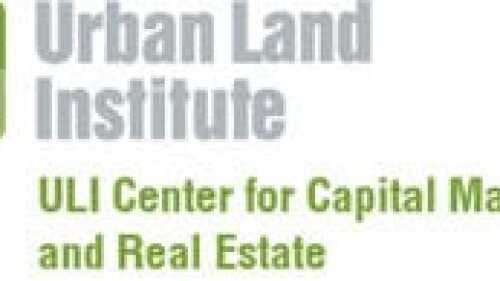Economy
“We are looking at a likely future of remaking places, including retrofitting suburbia instead of endlessly building new subdivisions at the edges, and interspersing agriculture at a variety of scales with community building,” says Elizabeth Plater-Zyberk, founding partner of DPZ/Duany Plater-Zyberk & Company. Read what she sees as the future of new urbanism.
Sustained, moderate strength in some of this month’s economic data creates a creditable sense of well-being, while see-sawing continues in the Barometer capital markets data and the weak housing data stay very weak. Overall, 51 percent of key indicators in the Barometer were worse when compared with one year ago, 44 percent were better, and 5 percent were unchanged. Read more about the economy, real estate capital markets, housing, and commercial/multifamily investment property.
The retail real estate market currently suffers from an oversupply of space—the result of overbuilding before the financial crisis struck in 2008—plus a dearth of retailers now willing and able to fill space. Consumer spending is down for the foreseeable future as the buying public remains wary of returning to the days of large credit-card debt. While welllocated retail destinations may continue to thrive and maintain national retailers, plenty of others are going to keep losing tenants. In this environment, town centers and mixed-use centers may have an edge over their mall counterparts.

